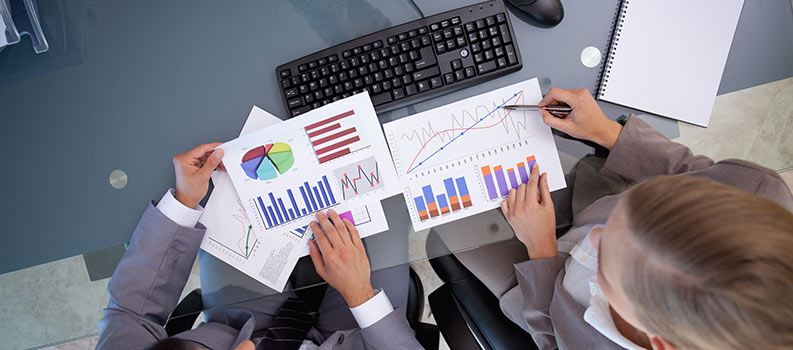Currently, recent researches show that the ad spends in the UK is at a sturdy increase. In comparison, the ad spend in the country was up 7.8% and it is predicted to rise with 6.1% in 2019, but a slowdown is expected in 2020 with a lower increase of 4.6%, but still keeping up with the overall pattern. Digital remains are dominating during the year, building more than 60%of total advertising during the year, and more than half of it is searching. The tendency will remain in upcoming months, growing at the double-digit pace at the 11% predicted for 2019. On the other hand, TV ad spend is forecasted to remain pretty stable at around 4.5bn British pounds through the current year and next year.
TV ad spend accounts for around 20% of media investment. Outdoor advertising spend keeps up with the overall tendency in recent years, forecasted to reach an increase of around 3% until 2020. Radio advertising is another media channel set to hold on its revenue base this year with a forecasted growth of 2% for the next year. In contrast, newspapers and magazines are showing a reverse trend of slowing down, hitting more than 50% reduce of ad spend compared to 2004 with less than 10% of media investment on a combined basis in 2019 and beyond.
An increase of shop price inflation at 0.8% is noted in May, which is up from 0.4% in April and well above the annual and six-month average increases of 0.2% and 0.6% respectively. Compared to their decline of 0.6% in April, non-food prices raised with 0.2% in May, which makes this month the second one of non-food inflation for 2019. Meanwhile, food product inflation hits a slowdown by keeping this tendency at 1.8% in May compared to 2.2% from the previous month. The inflation of fresh food products remains pretty steady at 1.5% in May, which is above the annual and six-month average with an increase of 1.3% and 1.4% respectively. Ambient food inflation also hits a slowdown at 2.1%, which is less with 1.1% compared to the month prior. Researchers comment that increase of shop price inflation in May is likely a result of the growth of non-food prices in various sectors such as furniture, health and beauty adjusting their prices.
Although still unable to score the higher results from previous years, consumer confidence is finally noting an increase by three points in May at -10, compared to -13 in April. The same period last year hits a record of -7. Compared to the month prior, people’s feelings about their personal financial situation over the last year and in the upcoming 12 months are up to four points and five points respectively. Compared to the year-ago, people’s feelings about the general economic situation over the past year show a growth of more than 6 points but remain pretty flat compared to April. Studies suggest that there is much more optimism about the economic situation over the next year. Studies also reveal that people are now more likely to make a big purchase with a measure of up 2 points to a score of one. The savings index shows an increase of 4 points and it can be concluded that people are getting more careful with their cash in the longer-term.

